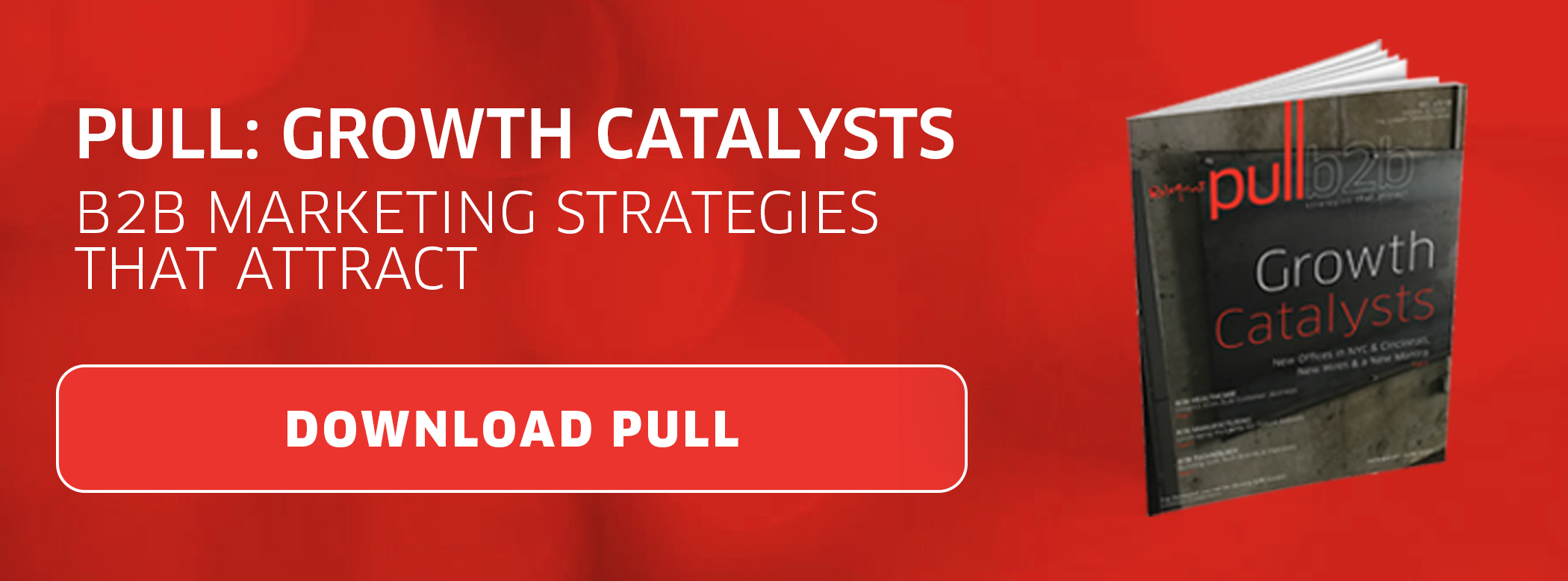 We can all agree that relevant, personalized content is key to user engagement and conversion. In fact, personalized emails deliver a transactional rate that is six times higher than those that are not, along with a median ROI of 122 percent.
We can all agree that relevant, personalized content is key to user engagement and conversion. In fact, personalized emails deliver a transactional rate that is six times higher than those that are not, along with a median ROI of 122 percent.
But today, sending personalized emails goes beyond pulling first names from contact databases to create a custom greeting. With so much data available, it can be overwhelming to figure out how to create and send an almost endless number of customizations. Read on for our breakdown of how to create truly customized messages for your target buyer persona using dynamic email content.
Start With Workflows
Email workflows are either written or diagrammed maps of how you intend to nurture your leads. It usually starts with a welcome email and moves down the line based on the lead's activity. Email workflows will help you make the most of your qualified leads, spend less time on leads who aren't likely to buy, and produce more sales-qualified leads. If you're not already using email workflows for lead nurturing, start here.
To get the most from your contact database, you want to have as much information as possible from each lead. First, make sure you're tracking activity as leads make their way through your workflows so you can keep tabs on what they're interested in.
Second, be sure you're using forms strategically throughout your workflows to glean even more details from each contact. To take your intel gathering to the next level, use progressive profiling and smart forms that allow you to only ask for data that you don't already have, and collect only the relevant details that will be useful for further segmenting and nurturing your leads.
Put Dynamic Content to Work
Once you’ve set up your workflows, use dynamic content to ensure that each contact receives exactly the message they need, when they need it.
All the contacts assigned to a particular persona are likely to face similar problems and be interested in the same solutions, but there will always be nuances that make them slightly different. Dynamic email content lets you address those slight differences without having to create hyper-specific segments and overly complicated workflows. For example, simply using a different CTA in your emails based on the recipient can give you a boost in conversions.
If you’re nurturing multiple leads assigned to the same persona, consider these two examples from HubSpot about how to increase conversion rates using dynamic email content with a slightly different focus:
- Goals & Challenges. Consider two leads who are in the same industry with similar positions within their companies and similar goals. Let's say they are both looking for a software solution for their companies, but one is worried about implementing a new solution in their current ecosystem and the other is concerned with the cost-benefit analysis.
At one point in your workflow, you want to direct your leads to a case study to overcome these challenges. You have two case studies to deploy: one that's focused on implementation in a mixed environment and the other on cost. You can send the same email to both leads at the same point in your workflow, but which case study they receive is based on information you’ve gathered from previous form submissions. - Industry Differences. We'll stick with the example of two leads who are searching for a software solution. In this case, one is in the finance industry and the other is in healthcare. However, both are very concerned about data privacy and security - that's their top priority.
It might seem like you should have entirely different workflows since the industries are different, but as their primary challenges are the same, you can use dynamic content to keep it simpler for you. Your lead in healthcare gets content with language like "patient privacy," and references to HIPAA laws where the finance lead gets "investor privacy" and SEC regulations.
Both are being educated on how secure your solution is, but each knows you're addressing the strict and complicated laws in their respective industries so they both become confident with your solution.
You can also try some more basic swaps using contact data. For example, people tend to respond better to photos that contain people who look like them. So, choose a photo of an executive in a suit for those you know are executives, and maybe a more casual person in chinos and a polo-style shirt for others. Or if your segment includes multiple industries, try matching the photos to the industry.
Consider using location data to highlight nearby upcoming events in your newsletters, or to determine which company address you display if you have multiple locations. Some of these easy swaps might seem too small to do much, but each will work to create a personalized environment for your readers.
Bring It All Together
If your current email strategy isn't using workflows and dynamic content, you don't have to scrap your entire plan and start from scratch. Instead, start small and make incremental changes. That way, you can reap the benefits of workflows and dynamic email content in a way that makes sense for your business. ![]()







 By
By 
